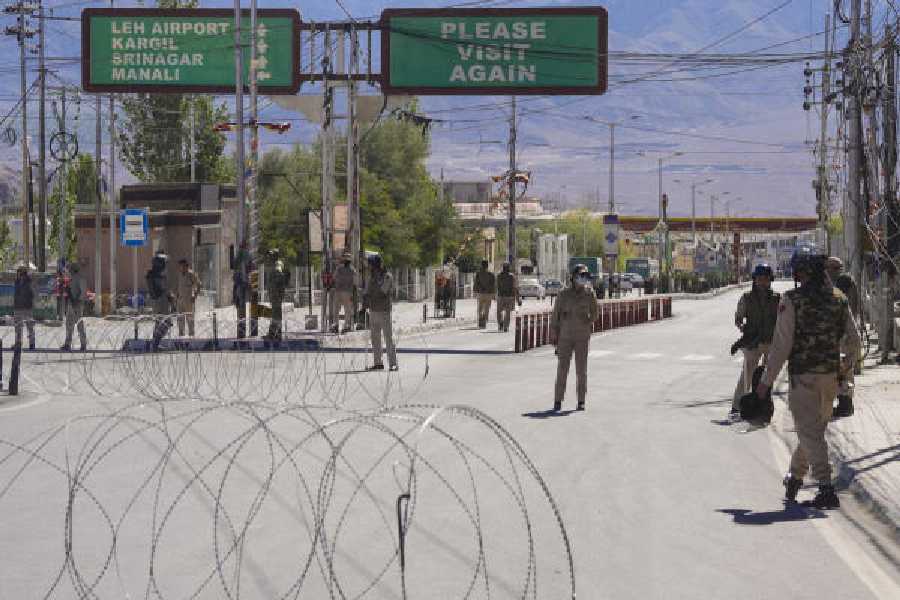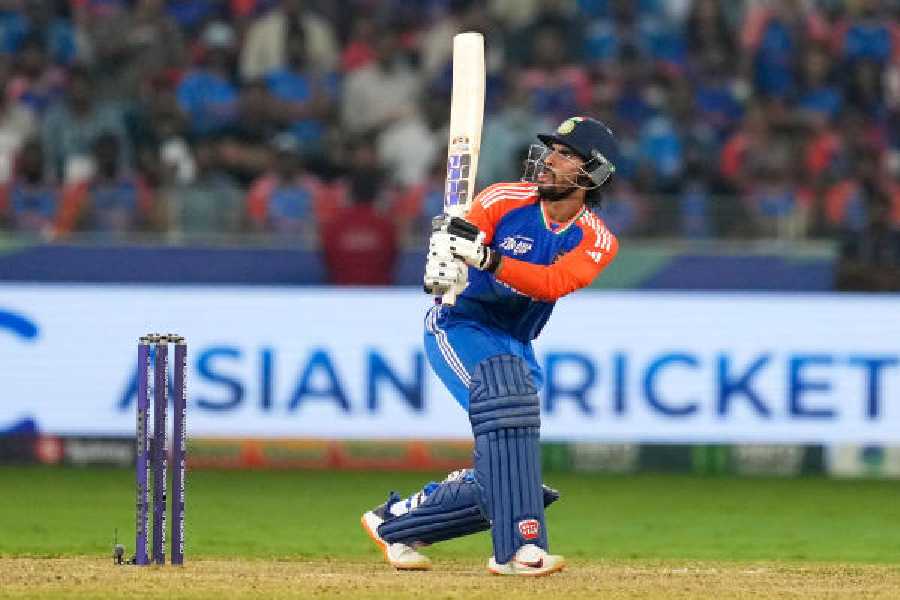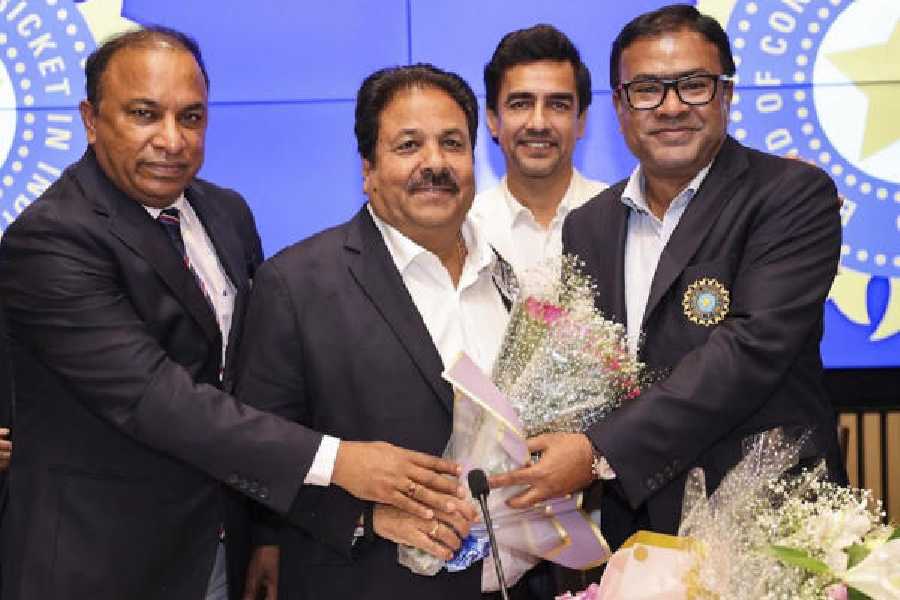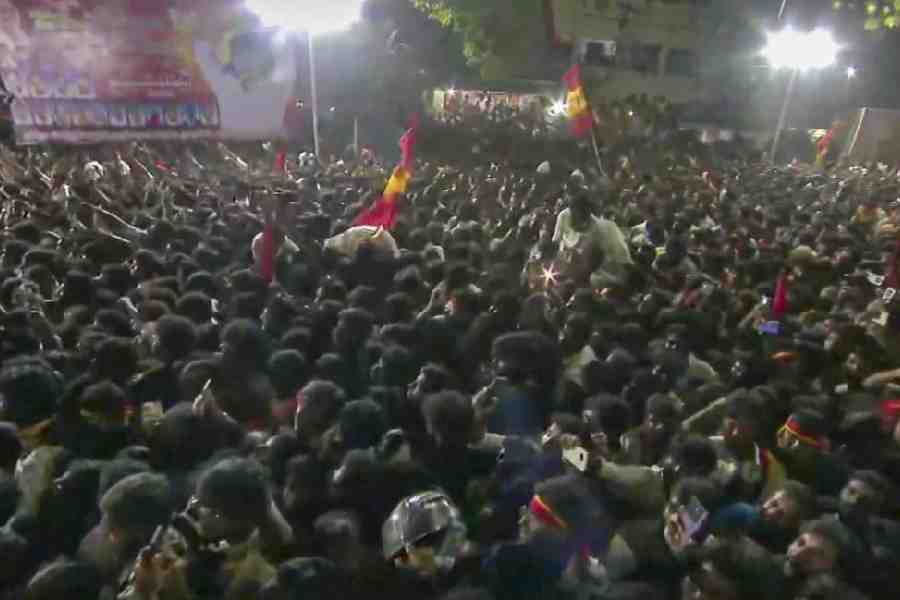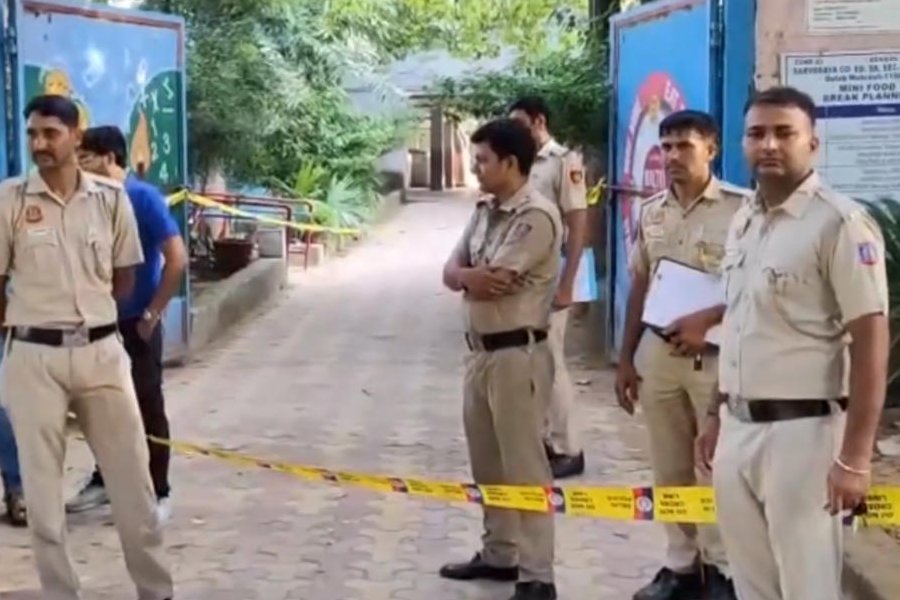 |
 |
 |
| Net gain: Vandana Vinod (above), Rishma Shetty (left) and Krishna Chaturvedi (below) have modelled for fashion wear sites |
It wasn’t quite a flattering offer, but Rishma Shetty was curious. The 25-year-old Bangalore-based professional model had got a call from a modelling agency. It said its client wanted a woman with a “regular” face and “everyday” looks, with a body to match different kinds of apparel. Shetty took up the offer because she wanted to know what it meant to model for a retail online site.
When she landed at a studio rented by the client, Elle India, she was handed 30 garments. She had to apply minimum make-up and then strike four poses in each of the outfits — left, right, front and back. And sans a pout and attitude, please. In the world of ecommerce, apparel — and not the model — is the queen.
It’s an entirely new spin to the swish world of modelling. Stripped of glamour and glitz, online modelling is all about being as accessible as the girl or boy next door.
According to an eBay India study of 2012, on an average every three minutes a fashion apparel is bought. Not surprisingly, sites selling apparel have been mushrooming in recent times. The pioneer of ecommerce sites in India, Flipkart, has also just added a fashion apparel section.
And all these outfits demand models, who usually sign up for an eight-hour shift for a day. The work, they stress, is not easy.
“It was monotonous,” recalls Shetty about her first such assignment last year. “I wore a top, struck my four poses and then rushed to my cubicle to change into a dress while another girl took a shot. And then it was my turn. It was so mechanical. I did not have to think; all I wanted to know was how many garments I completed,” she recounts.
Yet the 5-foot-7-inch model, a seasoned pro on the ramp and the face of local advertisements, readily accepts modelling work for ecommerce sites.
“It is steady work and I get to shoot four times a month at least. Ramp shows, campaign shoots or TV ads are always random,” she says. She charges Rs 12,000-15,000 for online modelling, and this amount may be scaled down if her face is chopped off in the image. Though the pay is handsome if she shoots for an outdoor banner (nearly Rs 30,000-Rs 40,000), Shetty is happy with her online model avatar.
Male models are much in demand too. Mumbai-based Krishna Chaturvedi — who has shot for T-shirts and jeans at popular fashion wear sites such as Myntra.com and Jabong.com — is happy with the online shoots.
“They add to my portfolio. Today everyone shops online. In fact, I get more feedback here from my friends as they shop online and spot me,” he says. It may not be as much fun or glamorous as a campaign shoot, but for Chaturvedi — who sees modelling as the road to Bollywood — it is regular money.
“It is like going for a 9 to 5 job. You focus on completing as many as 40-50 garments in an eight-hour shift,” Chaturvedi says. Shoots are quicker too, with each shot not taking more than seven minutes, he says. There are no props or extra frills but a plain white, beige or off-white background.
The 23-year-old model, who is tied up with Mumbai modelling agency Toabh Management Private Ltd, shoots four times a week for online fashion stores. Mumbai models may get more and certain sites may pay more than others.
Sites such as Myntra, Fashionara, Zovi.com, Infruit, Fashion and You, and Yepme are often in need of models, says Sumit Vaswani, talent manager of Toabh. “These sites want young, energetic models in the age group of 18-22 years, pleasant but not too high fashion,” he says. The mantra is simple — the model cannot overpower the product.
The trend of using models with “everyday” looks for apparel sites in online retail stores took off last year, when sites realised the importance of putting a face or a body to the outfit on sale. Just a pin-up of a T-shirt of a skirt doesn’t work as well, they say. And clearly it helps if the model has the looks that the ordinary buyer can identify with.
“We want a girl-next-door to model the clothes on our site, and know the importance of projecting the right image,” says Sumeet Arora, founder and CEO, Peppercloset.com, a site featuring a wide range of party wear. The seven-month old online fashion retailer recently launched an online model hunt asking their customers to register with them on their Facebook account. The site pays Rs 3,000-4,000 for a local model to shoot 50 dresses.
Mudit Khosla, CEO of ecommerce store Tradus.com, stresses that they have been shooting practically every day in the past few months to upload products on their site. “We found that a product advertised by a model sold four times better,” Khosla holds.
Some sites, though, are focusing on foreign models, convinced that they draw more customers. Foreign models, the site owners say, stoke the “aspirational” desires in a customer.
Most of these shopping sites are either marketing branded wear or designer wear sourced from different places. Styletag.com, a premium online retail store, uploads 5,000 photographs daily, being a flash sales site. The requirement is naturally huge and this market has turned into a blessing in disguise for upcoming, struggling models.
Take the case of Bangalore-based model Vandana Vinod (21). Vinod stresses that while the usual modelling jobs in Bangalore have become scarce, online jobs are turning out to be a boon. “It is a good leg-up for me and exposure to the industry,” says the pencil thin, 5 feet 7 inches tall model. “It is a different game from ramp modelling.”
Vinod believes that the model is like a “hanger” for online sites. “The idea is to show the product not the model. Our poses are limited or else the dress will get creased.”
Still a new trend, the models stress that the situation is at present somewhat chaotic. “You get a call the evening before. You are asked to bring tube tops, tights and footwear,” she says.
Most sites have their own in-house studios. It doesn’t take much to click the photographs. Cameras with lights and a pale background are set up. The photographer clicks the button and the image pops up before the computer terminal before them.
“Once he gives the ok, we move on to the next one,” says Vinod, who as an aspiring model, earns just Rs 5,000 for an eight-hour shift.
Industry insiders believe the business will grow in the coming years — leading to a demand for more models. “It may not be long before foreign brands start doing their online catalogue shoots in India. It will be a huge cost benefit for them,” says Russ Peterson, a Bangalore advertising producer of Blue Print Productions, who also sources models for online shoots.
Online modelling seems to be India’s next sunrise industry. And for the boys and girls next door, a door of opportunity is opening up.


